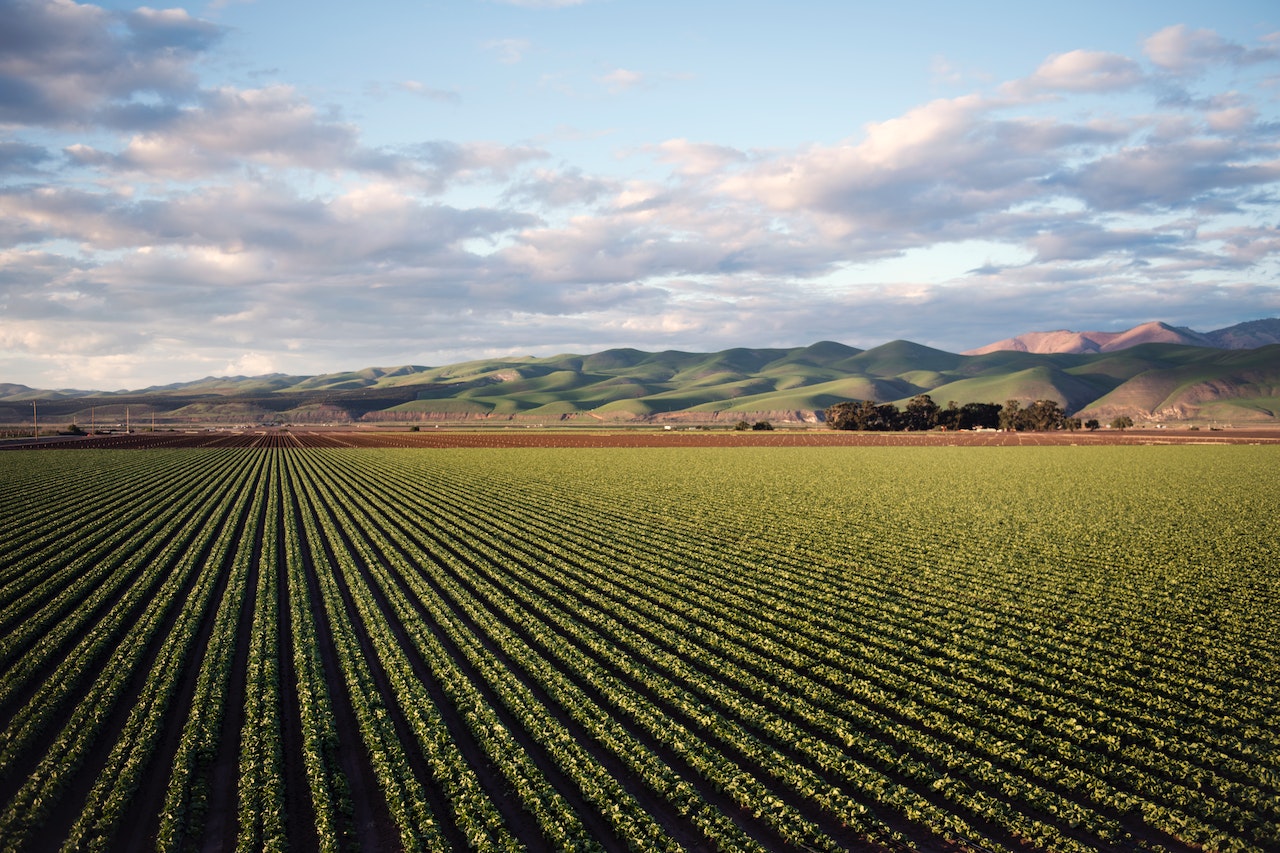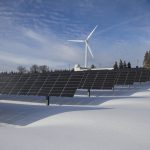Surety Bond Professionals is a family owned and operated bonding agency with over 30 years of experience. With access to a broad range of surety markets, our expert agents are ready to assist with all of your solar bond needs.
How to use Solar Energy in Agriculture
Family farms and large industrial-scale agricultural enterprises increasingly are turning to solar-generated electricity to power irrigation, greenhouses, heating and cooling of buildings housing livestock, dairy operations, drying of produce, refrigeration, and other processes. Read on to find out how to use solar energy in agriculture and how it benefits the industry.
Benefits of Using Solar Energy in Agriculture
Farmers and agricultural land managers benefit in many less obvious ways from using solar energy. For example:
- Agricultural operations can gain an additional income stream by connecting their solar installations to the gris and selling excess solar-generated power to the local utility company.
- High-value, shade-tolerant crops and pollinator-friendly plant species can be grown beneath solar panels, adding to crop diversity and improving agricultural yields through increased pollination.
- There is the potential to reduce water use and extend growing seasons through solar-powered irrigation systems. And crops grown beneath solar panels require less water than those grown in full sunlight.
- Solar panels can be installed on marginal lands rather than on growing areas.
- Solar-powered drying of meat, vegetables, and fruit reduces the waste that inevitably occurs when perishable agricultural products are left to dry in the open air. A variety of solar dryers are now available using direct, indirect, and hybrid modes of drying.
- Refrigeration equipment used in the processing and preservation of agricultural products has high energy requirements, which can be met more cost-effectively through solar-generated electricity.
- Using solar water pumps for irrigation and to provide water for livestock and daily living is cost-effective and environmentally friendly.
- A reputation for sustainable agricultural practices and the use of renewable energy can be a powerful inducement when marketing to people concerned about the environment.
Co-locating Solar Panels and Crops
Initially, many believed that solar installations should be located on depleted lands that would lie fallow for a period of years to allow the soil to be recharged with nutrients. The concern was that installing solar panels on land currently in use to grow crops would reduce the amount of space available for planting. It was thought that anything planted beneath solar panels would be adversely affected by the microclimate directly under the solar modules. Additionally, farmers feared that invasive species and pests like fungi and nematodes would proliferate in that microclimate.
Recent research has largely allayed such concerns. Temperatures in the areas shaded by solar panels are somewhat cooler during the day and warmer at night than in non-shaded areas. But when averaged out, daily crop temperatures were comparable to those of crops in full sun with no impact on crop growth rates. In fact, the microclimate beneath solar panels is ideal for growing plant species that provide a habitat for pollinators. In fact, Minnesota and Maryland offer solar certifications specifically to promote planting of pollinator habitat species beneath large-scale solar projects. And more and more agricultural enterprises, small and large, are using the space beneath solar panels to set up beekeeping operations to support the pollinator populations that are crucial to agricultural production.
Financial Protection through Solar Bonds
As solar developers nationwide look for opportunities to expand into the agricultural market, farmers and agricultural land managers considering installing solar systems may have understandable concerns about the potential financial risks involved. For example, they may worry whether the solar developer or contractor they choose will complete the project satisfactorily. They may also worry about restoring the land to its original state when the solar system reaches the end of its useful life.
Solar surety bonds provide protection for project owners against monetary damages resulting from the actions of solar developers and contractors. For example:
- A solar performance and payment bond (also called an EPC bond, for engineering, procurement, and construction) guarantees the satisfactory completion of a solar project and the timely payment of subcontractors and/or suppliers in accordance with the project contract.
- A decommissioning bond guarantees that when the time comes, all solar system components will be removed, and the land restored to the condition it was in prior to installation of the system.
These and the other types of solar surety bonds legally obligate the bonded developer or contractor to comply with specific regulations, standards, and contractual requirements. If a violation does occur, the injured party can file a claim against the bond and receive compensation for monetary damages.
Making the decision to invest in a solar generating system is much easier when agricultural enterprises know that such financial protection exists.
Get A Quote
Our surety bond professionals will get you the solar bond you need at a competitive rate.





